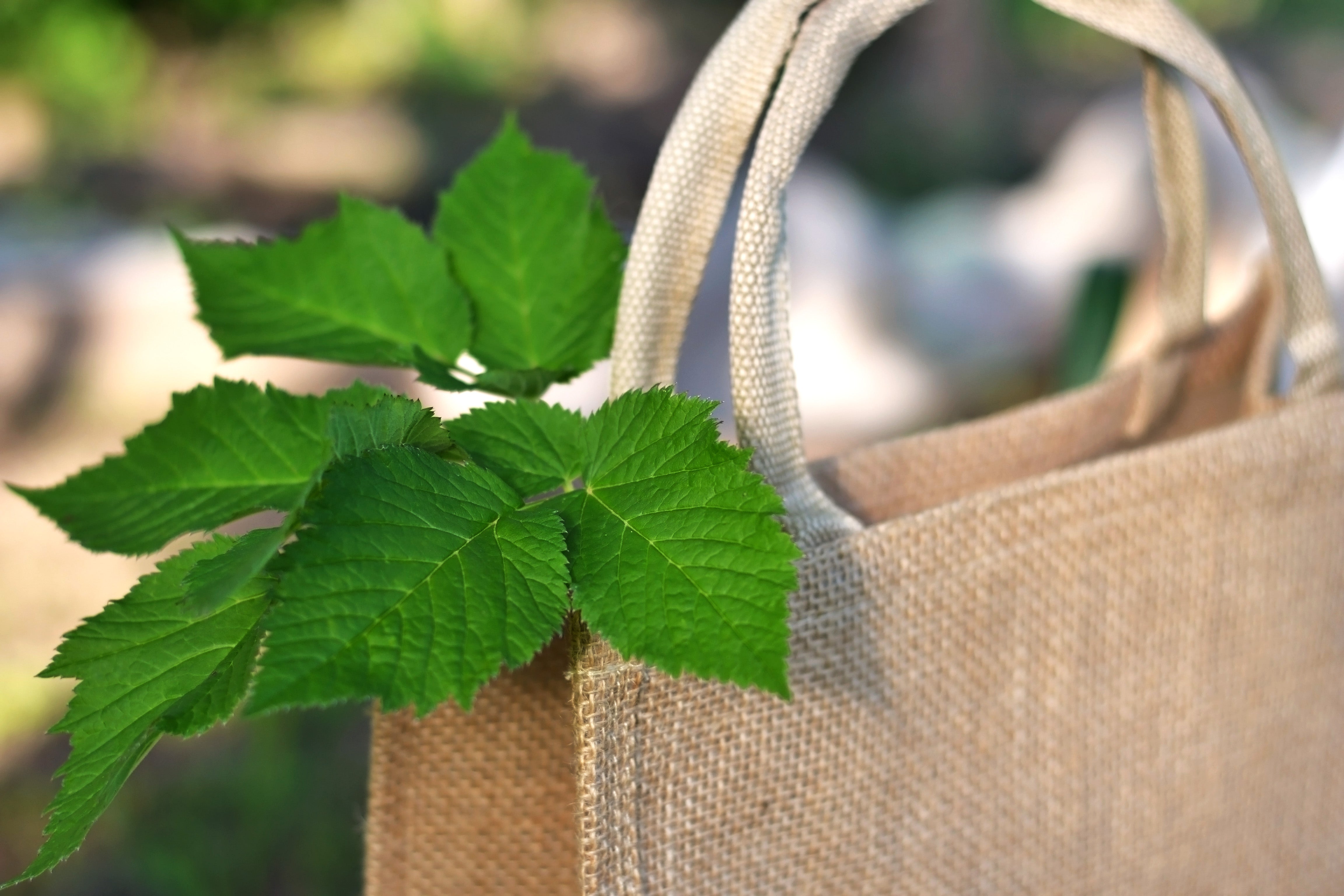What Is Jute?

One of the many eco-friendly materials that we use to create our products is jute, which is also known as hessian or burlap. It's hugely popular within the world of sustainability and you probably encounter it often yet may not have any idea what it actually is or where it comes from.
Jute is one of the most commonly used fibres in the world, second only to cotton, and is recognised by its long and shiny appearance which has led to it being dubbed the 'golden fibre'.
It is also one of nature's strongest vegetable fibres and comes from a rainy season crop that takes around four to five months to mature.
This plant is mainly grown in India which is where we procure our jute from, and make many of our jute bags.
The origins of jute
Jute has been used for the production of textiles in ancient Africa and Asia since the 3rd millennium BC and wasn’t discovered by Europeans until the 17th century. They transported it from Bengal to Europe where it found its way into many different industries even being used in the British military.
By 1790, jute found its way to Scotland which led to a very successful jute trade there and ended up being where the world’s first woven fabrics were made.
In 1855, British entrepreneur George Acland set up India's first jute mill which is located in present-day West Bengal. This only grew and expanded as the jute industry continued to thrive.
Today, jute is experiencing another surge in popularity thanks to it being an eco-friendly replacement to harmful materials such as plastic. As society shifts towards more sustainable living, we are embracing greener choices and this includes using fabrics, such as jute, to create everyday products.
How is jute fabric made?
The jute fibre used to make the finished fabric is extracted from the vegetable plant by hand at time of harvest which is usually from June to September.
The process is called retting and it involves the jute stems being bundled together and immersed in slow running water, then stripped to remove the non-fibrous matter. This enables the silky fibres to be separated easily and combed into long strings which are spun into yarn at jute mills and later taken to factories to be woven into jute fabric.
What makes jute sustainable?
Jute is celebrated for many reasons – it is versatile, durable, hard-wearing to name a few – but one of our favourite things about this material is its eco-credentials.
This natural fibre is beloved for being recyclable, taking less than two years to biodegrade and growing in only 100 – 150 days. This makes it a renewable resource and a material that won't cause harm to the planet at the end of its useful life.
In addition, jute plants consume 15 times more carbon dioxide than the average tree, they don't require any harmful chemicals such as pesticides or fertilizers and, as a feeder crop, they add nutrients back into the soil improving the land for the next rotation of crops.
The jute industry also supports roughly 5 million people in the poorest regions which makes it socially and economically sustainable as well as environmentally-friendly.
As a business that puts sustainability at its heart, jute is one of the main materials that we use to create a wide range of our bags. We have jute pouches, jute shoppers, jute totes and even jute pencil cases that are all available to be customised for businesses that want to create printed promotional products. It’s the perfect way to embrace greener practices, enhance your brand and excite your customers or clients without breaking the bank.
Browse our full collection of jute products here. Along with our new starch stiffened jute bag with no lamination







